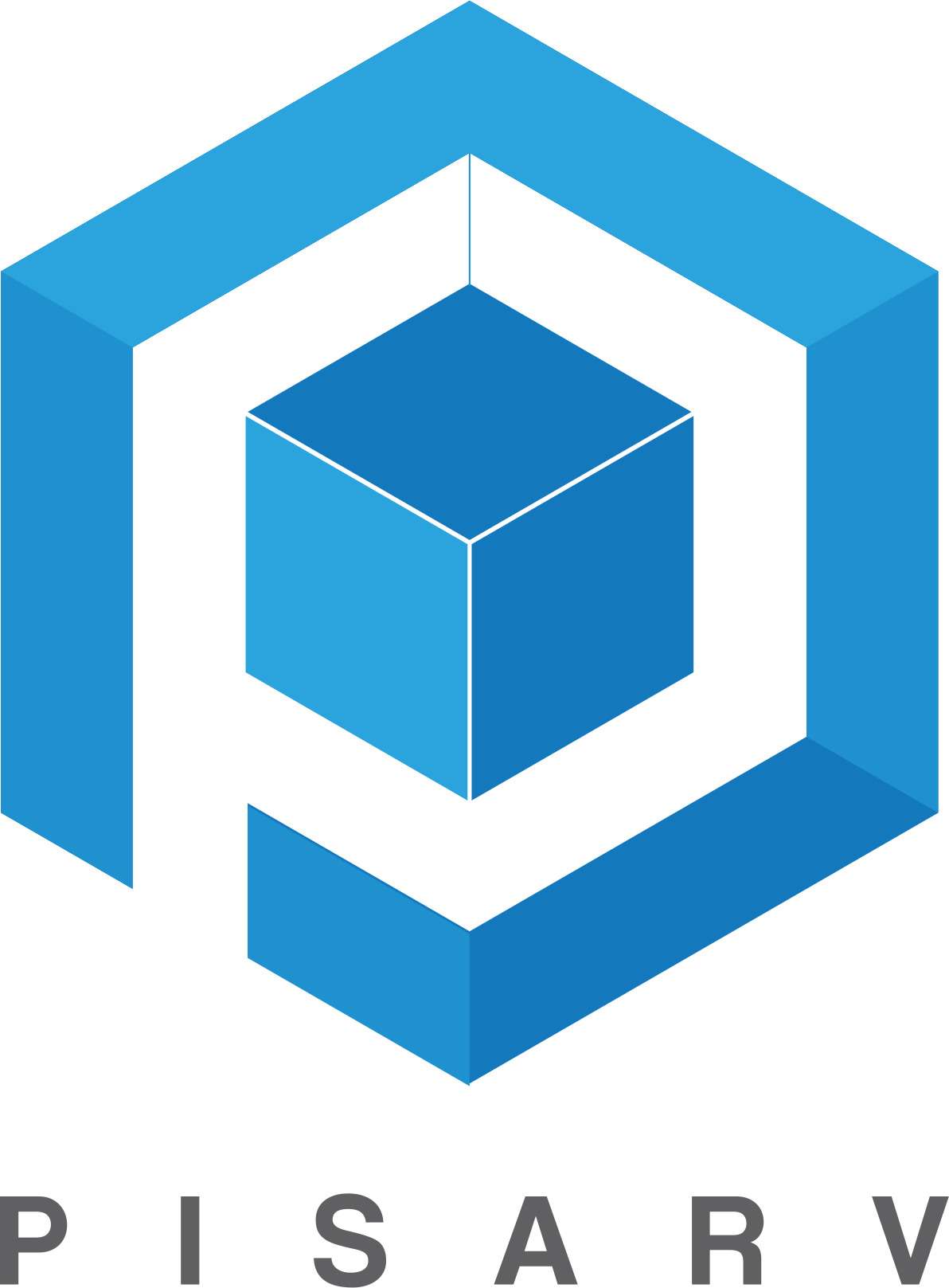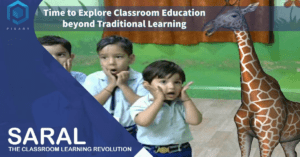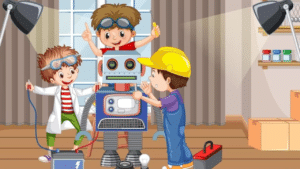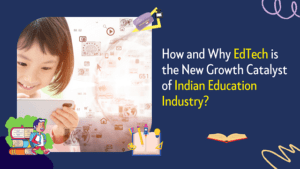Technology has changed the way students consume education now. Educators around the globe have realized the importance of 3D and Augmented Reality (AR) for school learning. Immersive learning leverages technology to engage students’ senses in a manner that traditional lectures might not accomplish.
There are four basic categories of learning styles including visual, reading/writing, auditory, and kinetic. Traditional lectures only engage written and auditory learning styles. Visuals are only occasionally. Subjects like science can benefit from the inclusion of AR and 3D technology to explain complex subjects like the structure of an atom.
How AR Can Diversify School Learning
Augmented Reality or AR offers a multi-sensory interaction with children that includes interacting with real-world elements virtually. It offers perceptually enriched experiences to students by leveraging real-world elements. It also adds a layer of visual aid or information on top of it naturally.
Some of the most common applications of AR are found in animated emojis on smartphones including the Samsung Galaxy series, Apple iPhones, and more. AR applications can also assist with on-the-go learning, practical work, and other computer-aided learning and training.
The way in which a video or photo can enable students to visualize a difficult concept, AR can add new elements and engage students’ senses. Immersive learning can enable a virtual tour of any subject including the tour of a human body to learn anatomy like a real-life version.
How 3D Learning Can Diversify School Learning
3D learning enables students to regain attention by bringing lessons to life via 3D animations. It transforms boring lectures into a journey. The third dimension adds more interest and fun to the learning process and encourages students to focus more. Teachers also feel that students pay more attention to 3D learning.
3D learning tools make initial traditional learning with an immersive experience. Hence, students retain more information for the future. Several science topics are full of complex sequences that can be difficult for teachers to explain. Even all students are not able to grasp such topics efficiently. Showcasing complex concepts in a visually appealing manner helps students gain a deeper understanding of subjects easily.
Extra concentration on 3D tasks prevents students from distractions and misbehaving during lessons in the class. The 3D use also makes students more efficient which in turn also motivates teachers to teach with more interest and help children understand difficult concepts.
The recent technological advancement in the 3D space has also made it more affordable for schools of various regions to present 3D learning to students. 3D content focused on science, history, mathematics, and more are also becoming available readily. The addition of 3D elements in the lessons has enabled teachers to engage and capture the interest of students at a whole new level.
In Summary
Technology-assisted learning is the future of schools. Augmented Reality and 3D will lead to immersive and engaging learning for students. Apart from being a more efficient learning medium, AR and 3D will also encourage teachers to innovate and put more effort into the learning process.




